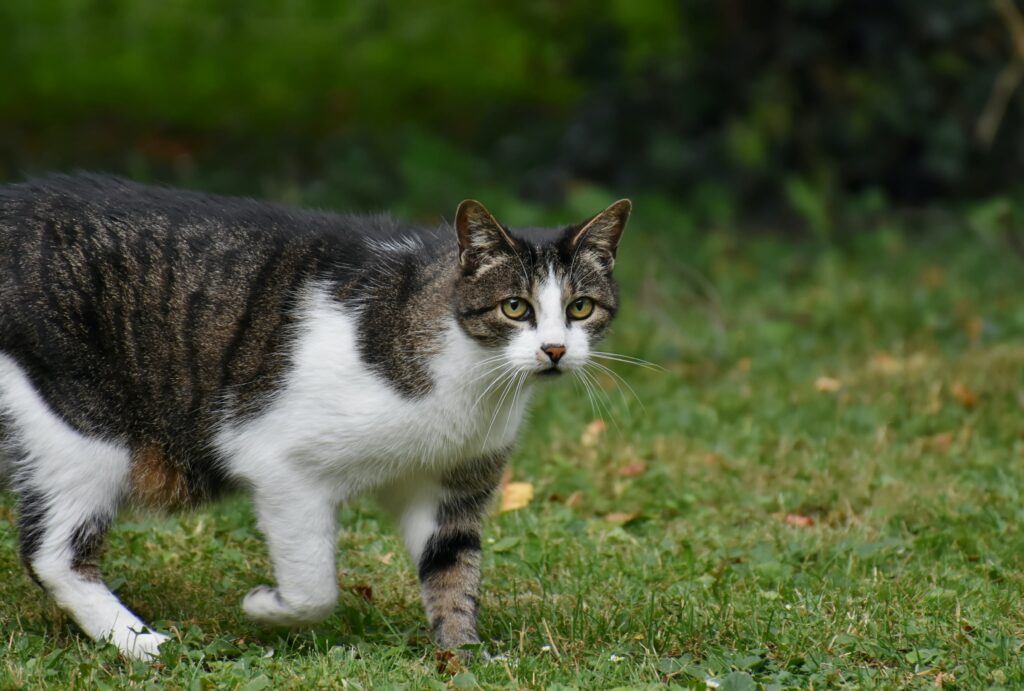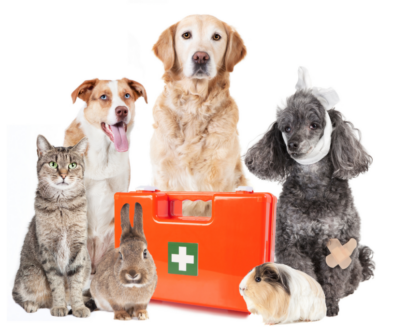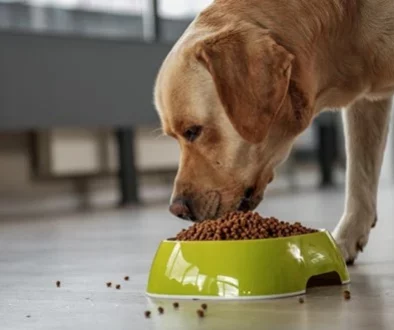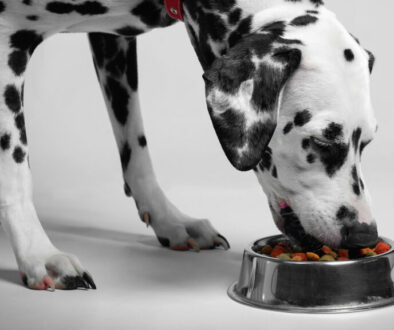Tackling Pet Obesity: Unveiling the Warning Signs
Obesity is not just an issue for humans; it affects our beloved pets as well. Pet obesity is a growing concern, with more and more pets classified as overweight or obese each year. In this article, we will explore the causes of pet obesity, the health risks associated with it, and how to prevent and address this problem. So let’s dive in and learn how to keep our furry friends healthy and happy.
Pet obesity refers to an excess accumulation of body fat in pets, usually resulting from an imbalance between energy intake and energy expenditure. It has become a significant problem among domestic animals, including dogs, cats, and even small mammals like rabbits and guinea pigs. Many pet owners may not realize the serious consequences that obesity can have on their pets’ overall health and well-being.

Pet obesity is determined by a pet’s body condition score (BCS) and body weight. The BCS is a visual and tactile assessment that evaluates the amount of fat covering the pet’s ribs, spine, and other prominent bones. A higher BCS indicates a greater amount of body fat. Veterinarians use a scale from 1 to 9, with 1 being extremely thin and 9 being severely obese.
Causes of Pet Obesity
Multiple factors contribute to pet obesity. One primary factor is overfeeding, where pets are given excessive amounts of food or high-calorie treats. Lack of exercise is another common cause, as sedentary pets do not burn enough calories to maintain a healthy weight. Certain medical conditions, such as hypothyroidism or Cushing’s disease, can also lead to weight gain in pets.
Health Risks Associated with Pet Obesity
Obesity can significantly impact a pet’s health, leading to various health problems. Overweight or obese pets are at an increased risk of developing conditions such as diabetes, arthritis, heart disease, respiratory issues, and certain types of cancer. Excess weight puts additional strain on their joints and organs, reducing their overall quality of life and shortening their lifespan.
How to Prevent Pet Obesity
Preventing pet obesity begins with understanding the importance of a balanced lifestyle for our furry companions. Here are some essential steps to help keep your pet at a healthy weight:
- Importance of regular exercise: Regular physical activity is crucial for maintaining a healthy weight in pets. Engage in daily walks, play fetch, or provide toys that encourage movement. Consult with your veterinarian to determine the appropriate exercise routine for your pet’s age, breed, and overall health.
- Healthy diet for pets: Feed your pet a balanced, species-appropriate diet that meets their nutritional needs. Consult with your veterinarian to determine the correct portion sizes and specific dietary requirements for your pet’s age, weight, and breed.
- Portion control: Avoid overfeeding by carefully measuring your pet’s food portions. Be mindful of the recommended daily calorie intake based on their weight and activity level. Adjust the portion sizes if necessary.
- Treats and snacks: Limit the number of treats and snacks given to your pet, as they can contribute to excess calorie intake. Choose healthy options, such as fruits or vegetables, and consider using treats as rewards during training sessions.
- Providing mental stimulation: Filling puzzle toys with food or engaging your pet in interactive play can help keep them mentally stimulated and less likely to overeat out of boredom.
- Encouraging physical activity: Create an environment that promotes physical activity, such as providing scratching posts for cats or installing ramps for dogs to climb. Engage in activities that allow your pet to burn calories and stay active.
Veterinarian Guidance
Regular veterinary check-ups are essential for preventing and addressing pet obesity. Your veterinarian can assess your pet’s body condition, offer personalized dietary recommendations, and identify any underlying medical conditions that may contribute to weight gain. Their guidance and expertise will ensure the best course of action for your pet’s specific needs.
Monitoring Your Pet’s Weight
Regularly monitor your pet’s weight by weighing them at home or during veterinary visits. Sudden or significant weight changes can indicate health issues or the need for dietary adjustments. Pay attention to any physical changes, such as loss of waistline definition or difficulty in movement.
Helping Your Pet Lose Weight
If your pet is already overweight or obese, it’s crucial to address the issue promptly. Work closely with your veterinarian to develop a safe and effective weight loss plan. This may involve adjusting their diet, increasing exercise, and managing any underlying medical conditions. Remember, slow and steady weight loss is healthier and more sustainable for your pet.
The Role of a Balanced Lifestyle
Maintaining a balanced lifestyle for your pet is essential for long-term weight management. Aim for consistency in their diet, exercise routine, and overall care. By providing them with a nurturing and stable environment, you can help them achieve and maintain a healthy weight.
Conclusion
Pet obesity is a widespread issue that can have severe implications for our furry companions. By understanding the causes of pet obesity and implementing preventive measures, such as proper diet and regular exercise, we can ensure their overall health and well-being. Remember, your veterinarian is your best resource for guidance and support in managing your pet’s weight. Let’s work together to keep our pets happy, fit, and thriving.
FAQs
Can I feed my pet homemade food to prevent obesity?
While homemade meals can be an option, it’s crucial to ensure they meet all of your pet’s nutritional requirements. Consult with your veterinarian to understand the appropriate ratios of protein, carbohydrates, and fats for homemade meals.
Are certain breeds more prone to obesity?
Yes, some breeds have a higher tendency to gain weight, such as Labrador Retrievers, Beagles, and Dachshunds. However, obesity can affect pets of any breed or mixed breed.
Are there weight loss programs specifically designed for pets?
Yes, some veterinary clinics offer weight management programs tailored to pets’ individual needs. These programs often include regular health check-ups, dietary plans, and exercise recommendations.
How long does it take for a pet to lose weight?
The duration of weight loss varies depending on the pet’s starting weight, breed, and overall health. It is essential to prioritize a slow and steady weight loss, typically aiming for 1-2% of body weight loss per week.
Can pets lose weight solely through exercise?
While exercise is crucial for weight management, diet plays a significant role as well. Combining a balanced diet with regular exercise is the most effective approach to help pets lose weight and maintain a healthy lifestyle.
Also Read:
Pet Care Tips for Cats for Beginners
Pet Care Tips for Dogs for Beginners



